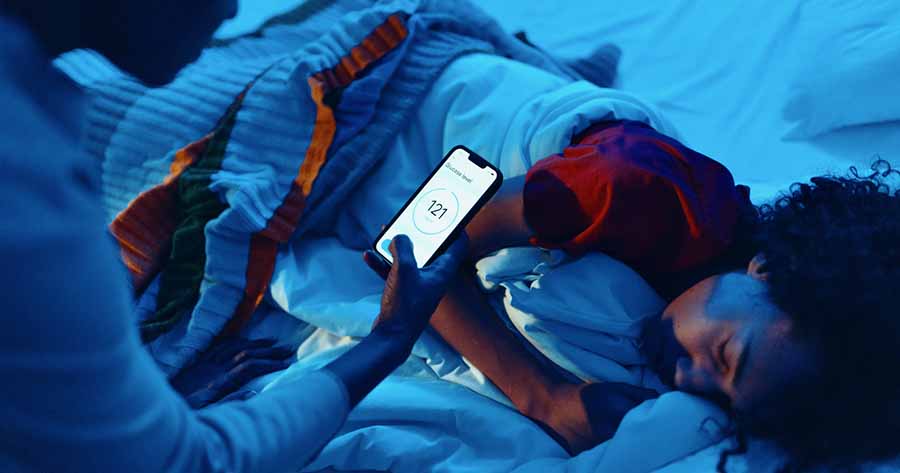Everyday movements, from walking to the car to sitting watching television, influence how we burn fat and store glucose. In the majority of people with type 2 diabetes too little movement causes fat to accumulate in the muscles, preventing glucose uptake and causing blood glucose levels to rise. The physiology is simple, but helping people to become more physically active is not.
Extrapolating from the UK National Fitness Survey (Activity and Health Research, 1992), four out of five adults take inadequate exercise to maximise their health. Just as too few individuals regularly participate in any physical activity, only 31% of UK GPs “always” and 36% “occasionally” encourage physical activity for their patients (Calnan and Williams, 1993).
Barriers
Everybody has their own barriers to becoming physically active – from fear of lycra-clad gym goers to a lack of time. Underlying this is a need for a reward or driver to overcome the barriers. If the benefits of becoming more physically active are not held immediately, then why bother? Indeed, it is known that increasing physical activity alone does not help weight loss (Gilliat-Wimberly et al, 2001), so the immediate reward has to be carefully guided. Irrespective of this, physical activity does help blood glucose control, prevent heart disease and improve brain function (US Department of Health, 1996). However, this leaves a situation where the benefits of physical activity are difficult for clinical care teams to articulate, and for people with type 2 diabetes to motivate themselves for.
Increasing activity
There are ways to help people to become physically active and receive a shorter-term reward. Goal-orientated physical activity refers to targeting an event or goal some time in the future which requires physical training to complete. The goal for the person with diabetes is the event, rather than prevention of heart disease. The event does not need to be a marathon – it can be a walk, swim, dance or bike ride, for example. There are hundreds of professionally organised physical activity and exercise events organised around the UK every year.
Engaging in these is one way to help people target becoming more active and receive reward for taking part. Of course, the secondary benefits of training and taking part in the event are that blood glucose control will be improved and that their body shape may change. Maybe what we do intuitively for weight loss, targeting a wedding or event for getting into that dress or pair of jeans, could be the same for physical activity?





Developments that will impact your practice.
26 Jun 2025